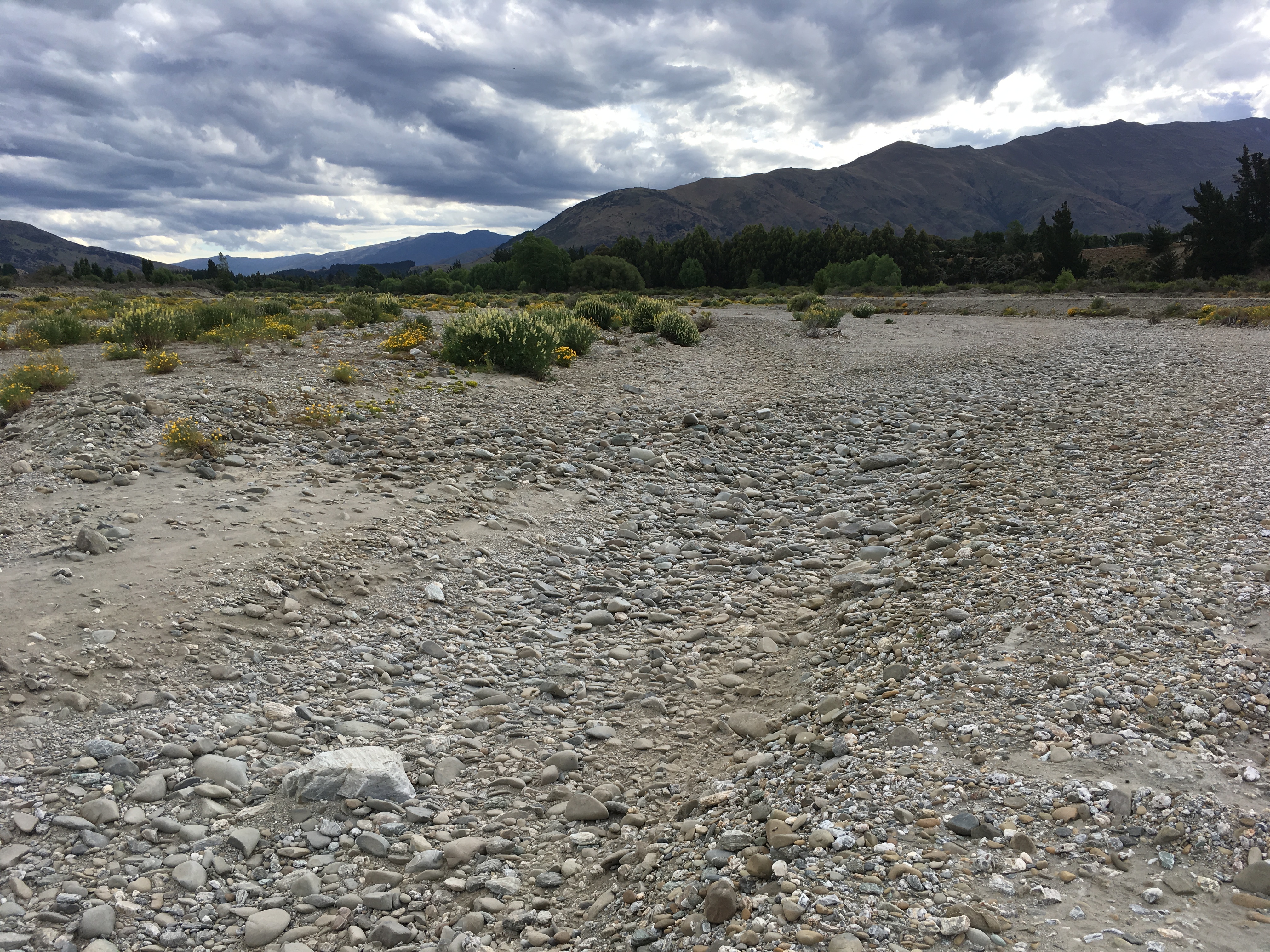A drought can best be defined as a period of unexpected rainfall deficit resulting in a shortage of water.
Drought hazards develop slowly, with generally no clear beginning or end. Drought conditions can extend over a wide area, and this extent also can be difficult to define.
Drought is not necessarily caused by low rainfall amounts, but rather by the lack of 'expected' rainfall. Otago has a wide range of climatic types, and different communities have adapted to the different rainfall levels that normally occur in each area. When these are reduced, this is when a drought hazard may be created.
The effects of drought are wide-ranging, but can generally be grouped into social, environmental, or economic categories. The social impacts of drought in Otago include challenging and stressful conditions for people, changes in lifestyle, population decline in drought affected areas, and conflict over available water resources.
The environmental impacts of drought may include loss of vegetation or reduced species biodiversity, migration changes, reduced air quality, and increased soil erosion. The economic impacts of drought in Otago may include financial losses for those involved in, or dependent on, pastoral industries. These losses may also be passed on to consumers in the form of higher prices.
The Otago Natural Hazards Database does not map drought hazard as such, but rather provides a series of five maps which show unusually low annual and seasonal precipitation totals. These colour-coded maps show the rainfall total (in mm) for a dry year or season, based on data from the period 1970-2001.

